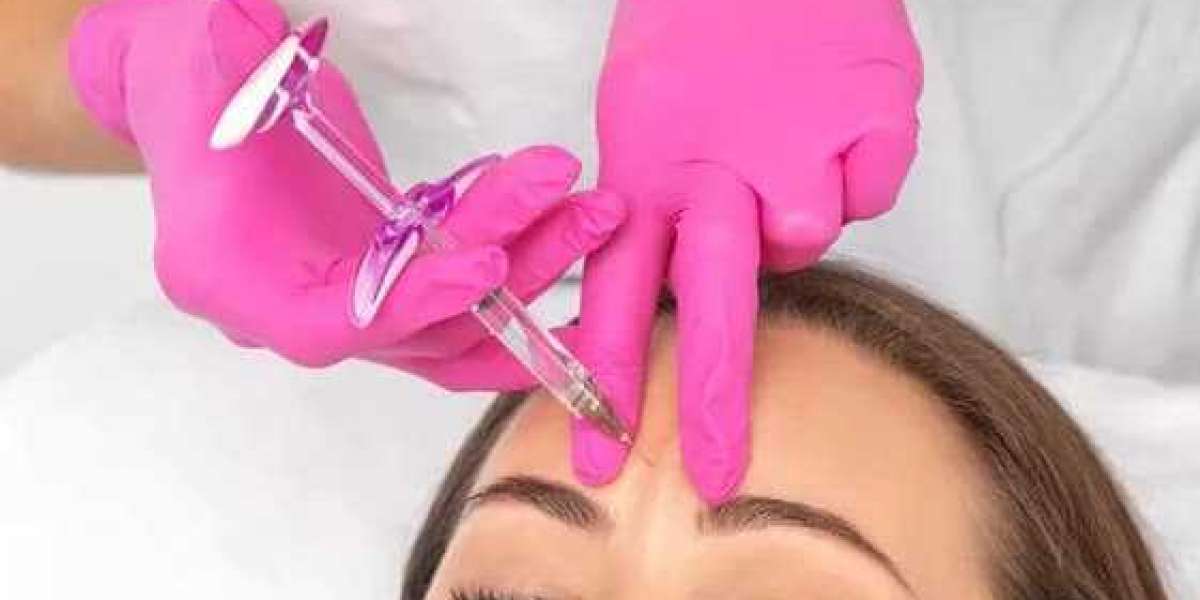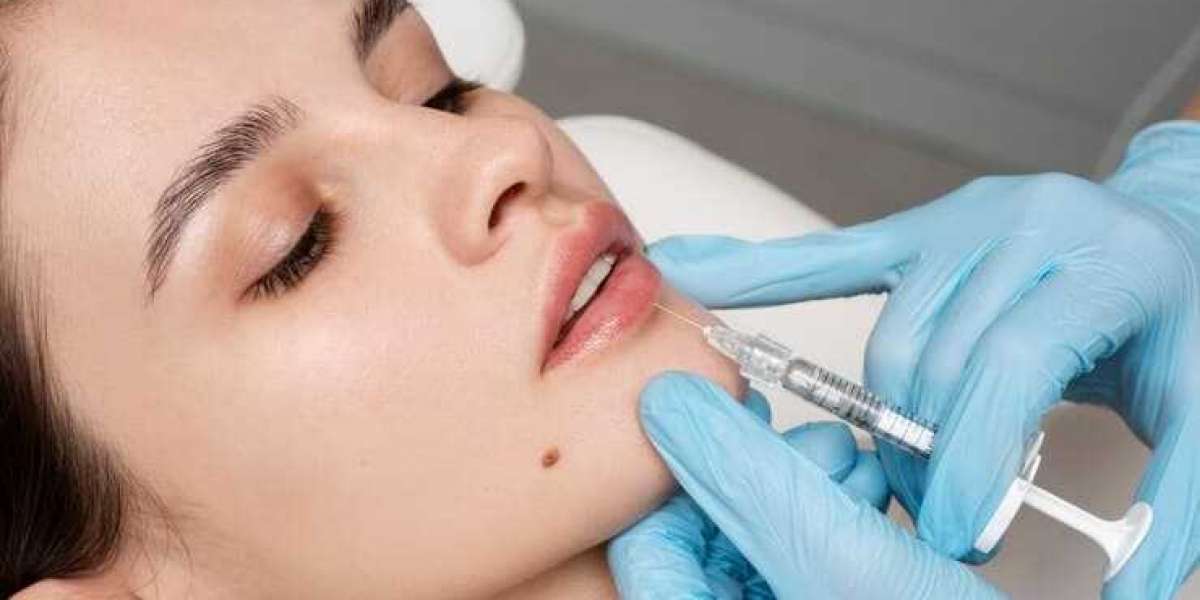Excessive sweating, medically known as hyperhidrosis, is a condition that affects millions of people worldwide, disrupting daily life and diminishing self-confidence. While sweating is a natural and essential bodily function for regulating temperature, when it becomes uncontrollable and excessive, it can pose significant challenges. Fortunately, modern medical aesthetics have introduced botox for sweating as a highly effective treatment option, offering hope and relief for those struggling with this uncomfortable condition.
Understanding Excessive Sweating and Its Impact
Excessive sweating goes beyond the typical perspiration experienced during exercise or hot weather. It manifests as an uncontrollable and often unpredictable secretion of sweat, particularly in areas like the underarms, palms, feet, and face. This condition can severely affect social interactions, professional life, and psychological well-being. Many individuals find themselves avoiding social situations, wearing dark or loose clothing to conceal sweat stains, or even limiting their activities due to embarrassment or discomfort.
The root cause of hyperhidrosis is often linked to overactive sweat glands, triggered by nerves that erroneously stimulate sweat production. Although the exact cause remains unclear in many cases, the condition is recognized as a neurological disorder involving the sympathetic nervous system. Traditional treatments such as antiperspirants, medications, or lifestyle changes have shown limited success for some sufferers, leaving a significant need for more effective solutions.
Botox for Sweating: A Revolutionary Treatment
The use of botox for sweating has emerged as a groundbreaking approach in the medical field. Originally developed and widely known for its cosmetic applications to reduce wrinkles, Botox (botulinum toxin type A) has been repurposed to treat hyperhidrosis with remarkable results. The mechanism is based on blocking the nerve signals that stimulate sweat glands, thereby reducing excessive sweating in targeted areas.
Administering Botox for hyperhidrosis involves a series of small injections directly into the skin where sweating is problematic. The procedure is minimally invasive, usually completed within 20 to 30 minutes, and requires no significant downtime. Patients often report noticeable improvement within a few days, with effects lasting from six months to a year depending on individual response.
This treatment has transformed the lives of many, offering a reliable alternative to invasive surgeries or systemic medications with undesirable side effects. Clinical studies have confirmed the safety and efficacy of Botox for sweating, making it a preferred choice among dermatologists and patients alike.
How Botox Works to Control Sweating
Sweating is controlled by the autonomic nervous system, particularly through the release of acetylcholine, a neurotransmitter that stimulates sweat glands. Botox works by inhibiting the release of acetylcholine at the neuromuscular junction, effectively "turning off" the sweat glands temporarily.
Unlike antiperspirants that merely block sweat ducts, Botox targets the nerve signals themselves, providing a deeper and more long-lasting solution. This distinction is crucial because it addresses the problem at its source rather than offering a superficial fix.
The precision of Botox injections allows for targeted treatment, minimizing the risk of side effects and maximizing efficacy. Additionally, because the effects are temporary, patients retain the option to repeat treatments or discontinue if desired, providing flexibility and control over their condition.
Ideal Candidates and Considerations
While Botox for sweating offers significant benefits, it may not be suitable for everyone. Ideal candidates are individuals who experience severe underarm sweating that interferes with daily activities and who have not responded well to conventional treatments.
Before undergoing the procedure, a thorough medical evaluation is necessary to rule out underlying conditions that may contribute to excessive sweating. Patients should disclose any allergies, medical history, or medications to ensure safety.
Pregnant or breastfeeding women are generally advised against receiving Botox treatments until more research confirms safety in these populations. Additionally, individuals with certain neuromuscular disorders should consult their healthcare provider before considering this treatment.
The Procedure and What to Expect
The process of receiving Botox injections for hyperhidrosis is straightforward and patient-friendly. After cleansing and numbing the treatment area with a topical anesthetic or ice, the practitioner administers multiple small injections across the affected region. The number of injections varies depending on the size of the area and severity of sweating.
Patients may experience slight discomfort during the injections, but the overall procedure is well tolerated and quick. There is no need for sedation or general anesthesia.
Post-treatment, patients can resume normal activities immediately, although strenuous exercise or excessive heat exposure is typically discouraged for 24 to 48 hours to optimize results.
Most patients notice a reduction in sweating within three to five days, with peak effects occurring around two weeks after treatment. Results generally last between six to twelve months, after which repeat injections may be necessary to maintain dryness.
Benefits Beyond Sweat Reduction
Beyond the obvious advantage of controlling excessive sweating, Botox treatments offer additional positive effects. Patients often report improved self-esteem, greater comfort in social and professional settings, and enhanced quality of life. The relief from constant moisture also reduces skin irritation, odor, and the risk of infections commonly associated with hyperhidrosis.
From a practical standpoint, Botox injections eliminate the inconvenience of applying antiperspirants multiple times a day or carrying extra clothing. This convenience adds to the growing popularity of Botox as a preferred treatment option.
Emerging Trends and Future Perspectives
The application of Botox for sweating continues to evolve, with ongoing research exploring new injection techniques, dosing protocols, and treatment areas. Some studies are investigating the benefits of Botox for sweating on the feet and face, which are traditionally more challenging to treat due to sensitivity and functional considerations.
Additionally, advancements in formulation and delivery methods may soon enhance patient comfort and extend the duration of effects, making treatment more accessible and appealing.
As awareness of hyperhidrosis grows, so does the demand for effective solutions like Botox. This trend reflects broader shifts in aesthetic medicine, where treatments increasingly address functional and quality-of-life concerns alongside cosmetic goals.
Conclusion: Regain Confidence and Comfort Today
Excessive sweating no longer needs to dictate the course of one’s life. With the proven effectiveness of botox for sweating, individuals suffering from hyperhidrosis have a powerful tool to regain control, confidence, and comfort. This innovative treatment offers a scientifically supported, minimally invasive, and lasting solution that outperforms many traditional methods.
For those ready to take the next step toward a sweat-free life, expert care and personalized treatment plans are essential. At AL Aesthetics, the commitment to excellence and patient satisfaction ensures that every individual receives the highest standard of care tailored to their unique needs.







